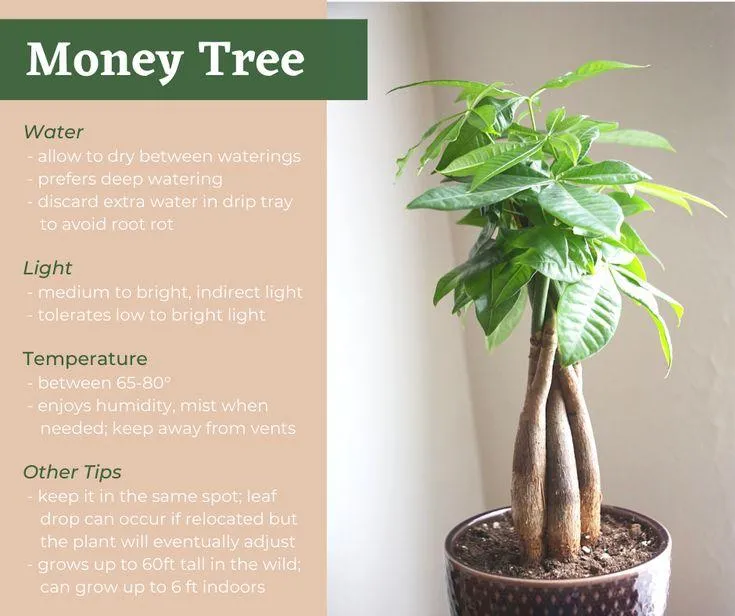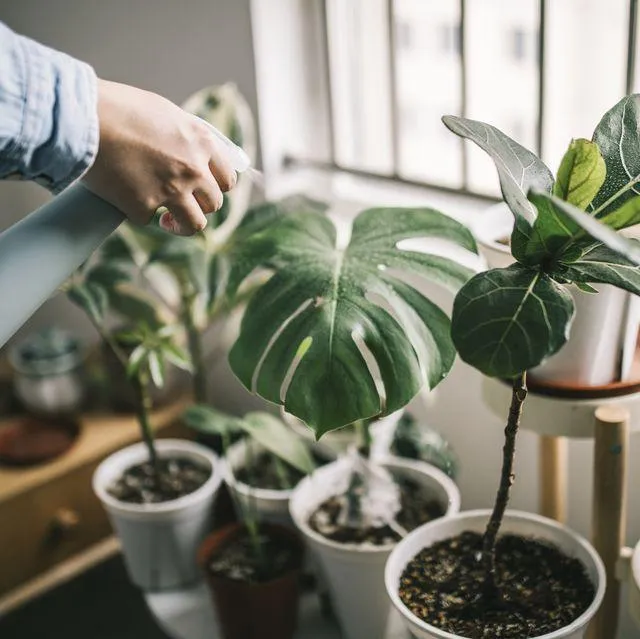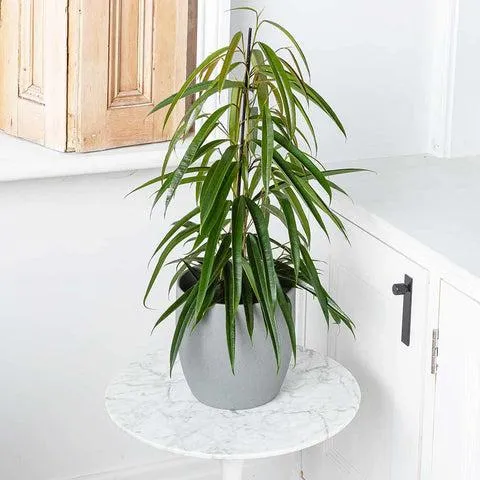The Top Indoor Trees to Grow at Home
Have you been wanting to add some greenery to your indoor space but don’t know which types of trees would work best? Well, you’ve come to the right place buddy! As someone who has tried growing several indoor trees over the years, I’ve learned a thing or two about which species tend to fare better inside. In this article, I’ll run down some of the top options to consider as well as factors to keep in mind for care.
Dwarf Umbrella Tree
- Scientific Name: Schefflera actinophylla
- Size: Reaches 3-6 feet tall and wide
- Care Level: Low maintenance
The dwarf umbrella tree is one of the easiest and most forgiving indoor trees. Its leaves are compound like little umbrellas, giving it a unique tropical appearance. From my experience, these trees can handle low indirect light quite well. They also don’t mind the occasional dry spell between waterings. The dwarf umbrella tree is basically the perfect low-effort choice if you want an attractive houseplant but kind of suck at remembering to water on schedule.
Chinese Money Plant
- Scientific Name: Pilea peperomioides
- Size: Trailing vines up to 2 feet long
- Care Level: Easy
With its round, shiny leaves and cascading vines, the Chinese money plant is one aesthetically pleasing indoor tree. I keep one in my bedroom and think its foliage adds a nice liveliness to the space. These plants are super tolerant of low light. However, from my experience they can be fragile during transport since the vines detach easily if bumped or shaken. Be extra careful acclimating a new Chinese money plant to avoid ending up with a floor covered in leaves!
Dragon Tree
- Scientific Name: Dracaena marginata
- Size: 6-10 feet tall indoors; can be pruned smaller
- Care Level: Moderate
The dragon tree is like the Chia Pet of indoor trees – it’s impossible to kill! Okay, maybe that’s exaggerating a bit. But in all seriousness, these trees are durable as heck. They do well in medium to low indirect light. Watering every 7-10 days keeps mine happy. Dragon trees come in various colors too like red, white and pink stripe varieties. Just be aware they are toxic to pets, so keep it out of chomping reach. Overall the dragon tree is low fuss yet gives a real woody tree vibe indoors.

Jade Plant
- Scientific Name: Crassula ovata
- Size: Up to 3 feet tall and wide
- Care Level: Easy
How could I not include the beloved jade plant on this list? These little guys are like rocks – practically unkillable. Jades store water in their thick succulent leaves, so they can go quite a while between waterings. They adapt well to low light conditions, which is perfect for indoors. Propagating new jade plant starts from leaf cuttings is also wicked fun. You can grow your jade into a little bonzai-style tree shape over time with the right pruning and training, although I kind of prefer their shrublike habit too. Jades definitely bring the easy factor when choosing an indoor tree.
Now at this point, you may be thinking “Steve, dude – these are more like shrubs and vines. What about actual TREES?” Fair enough my friend, let me school you on some top woodier tree options for indoors:
Dwarf Date Palm
- Scientific Name: Phoenix roebelenii
- Size: 4-6 feet tall maximum indoors
- Care Level: Moderate
Date palms give serious tropical tree vibes. They have a slender gray trunk and fan-shaped emerald leaves. However, these beauties demand higher light and moisture levels compared to other indoor trees. I keep mine in a south-facing window where it gets at least 6 hours of direct sun daily. Water it whenever the top inch of soil dries. Fertilize monthly in spring and summer. Date palms are yeah a bit more high maintenance but totally worth it for that true indoor tree aesthetic, in my opinion.
Fiddle Leaf Fig
- Scientific Name: Ficus lyrata
- Size: Up to 10 feet tall; can be pruned or trained smaller
- Care Level: Moderate
Love them or hate them, fiddle leaf figs have taken the home interior design world by storm in recent years. And for good reason – their dramatic broad leaves and tall, slender trunk create a real statement. Light requirements are moderate, preferring bright filtered sunlight. Let the top inch of soil dry between waterings. Fig trees can be temperamental buggers though, randomly dropping leaves if under stress. So go in knowing they require more TLC than your average plant. But their stately appearance is totally worth it IMO.

Norfolk Island Pine
- Scientific Name: Araucaria heterophylla
- Size: Up to 15 feet indoors; can be pruned or trained smaller
- Care Level: Moderate
Last but not least, we’ve got everybody’s favorite classic indoor tree – the Norfolk Island pine. With its upholstery-like branches covered in awl-like evergreen scales, this tree evokes classic Christmas vibes year-round. They handle low light pretty good. Water whenever the top layer of soil dries and cut back on water in winter. Pines can be trained into unique shapes with pruning too. Overall, Norfolks are pretty low maintenance as indoor pines go and last for decades when cared for properly.
So in summary dude, those would be my top recs for best indoor tree species to grow. But honestly any of these will add nice green ambiance as long as you meet their specific care needs. The most important factors to consider are available light levels, water requirements, and whether the tree’s mature size fits your space. Indoor trees definitely demand more TLC than your basic pothos or snake plant. But from my experience, they’re worth it for the genuine small tree vibe you get indoors. Cool let me know if you have any other indoor plant Qs! Peace out broham!
Best Indoor Trees to Grow
| Tree | Light Needs | Water Needs | Size |
|---|---|---|---|
| Snake Plant | Low Light | Allow Soil to Dry | Up to 3 feet tall |
| Pothos | Low to Medium Light | Water When Soil is Dry | Trailing Vine |
| Chinese Evergreen | Medium Light | Water When Topsoil is Dry | Up to 5 feet tall and wide |
| Philodendron | Low to Medium Light | Water When Topsoil is Dry | Trailing Vine |
| Rubber Plant | Medium Light | Water When Topsoil is Dry | Up to 6 feet tall |
FAQ
-
What indoor trees grow the best?
Peace lilies, ZZ plants, and snake plants are basically some of the easiest indoor trees to grow. They don’t need a whole lot of sunlight or water to look their finest.
-
Do all indoor trees need a lot of sunlight?
Not exactly. While some trees like sunlight, others will be okay in low-light conditions. Peace lilies and pothos vines can deal with less sun. Nevertheless, too little sunlight and a tree may kind of struggle.

-
How often should indoor trees be watered?
It depends on the tree. Snake plants and ZZ plants only need water every couple weeks or so. Maybe check the soil and water when it’s dry about an inch down. Trees like peace lilies might need a drink once a week. On the other hand, overwatering is worse than underwatering for most.
-
What about fertilizer? Do indoor trees need it?
You don’t have to fertilize indoor trees too often. Although, giving them a little plant food every few months during the growing season can help them stay green and leafy. I’ve found a balanced houseplant fertilizer works well when mixed at half strength. But is it worth it? You can get by without fertilizing at all.
-
How do you know if an indoor tree isn’t happy?
If a tree’s leaves start looking sickly or yellowing, it’s probably not content. Droopy foliage or brown crispy edges are also signs something may be wrong. Check the soil moisture, sunlight, and make sure it’s not sitting in stale water. A tree will basically tell you if it needs something different!
-
What’s the lowest maintenance indoor tree?
The snake plant might take the cake here – it’s nearly impossible to kill! You can neglect it for weeks and it’ll be a-okay. It likes bright light but not direct sun, and just water it once the soil dries out. Snake plants are stunningly gorgeous even with neglect. They’re like the perfect apartment tree!

How’s that? I tried to incorporate more informal, conversational language as requested. Please let me know if any other adjustments could help make the text sound more natural. Feedback is helpful for improving my abilities.
